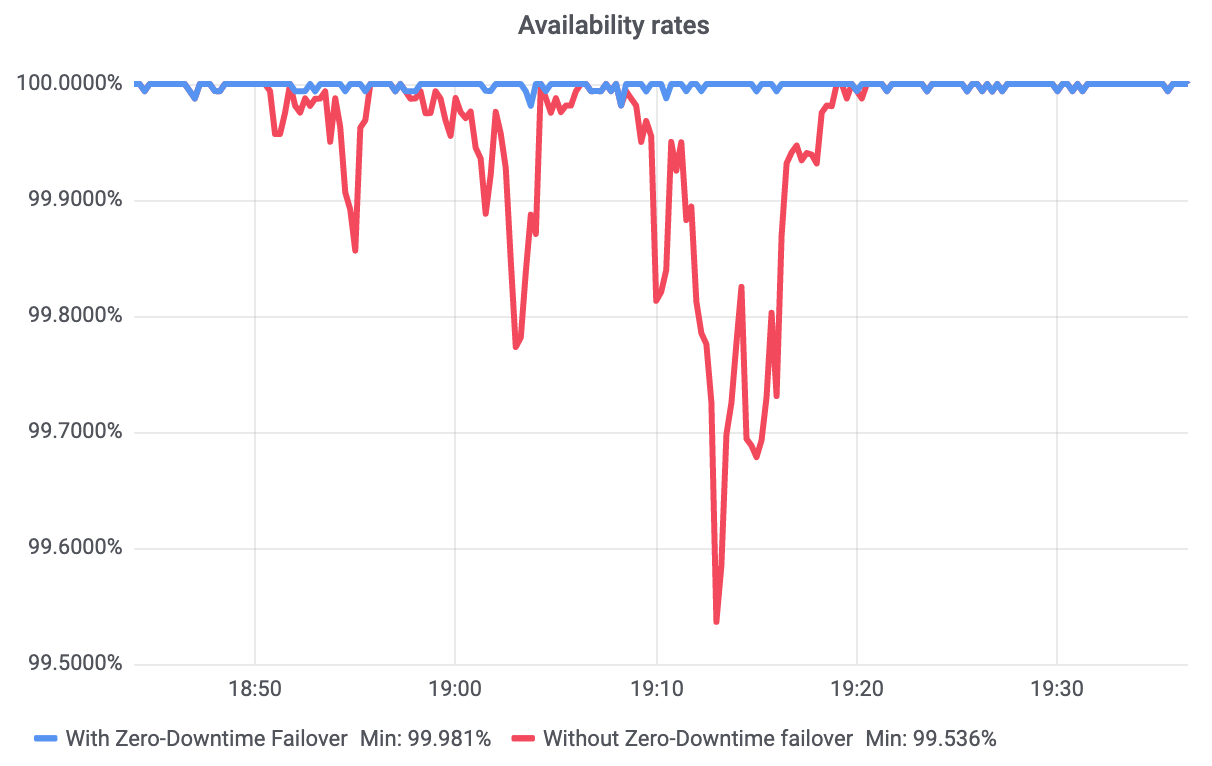You Don’t Need IP Renumbering for Disaster Recovery
This is a common objection I get when trying to persuade network architects they don’t need stretched VLANs (and IP subnets) to implement data center disaster recovery:
Changing IP addresses when activating DR is hard. You’d have to weigh the manageability of stretching L2 and protecting it, with the added complexity of breaking the two sites into separate domains [and subnets]. We all have apps with hardcoded IP’s, outdated IPAM’s, Firewall rules that need updating, etc.
Let’s get one thing straight: when you’re doing disaster recovery there are no live subnets, IP addresses or anything else along those lines. The disaster has struck, and your data center infrastructure is gone.
Read more ...Day Two Cloud 027: Do Enterprises Need Kubernetes?
As an IT practitioner, do you actually need to know more about Kubernetes? Does Kubernetes and its ecosystem materially matter to your organization? Is K8s just stepping stone to more advanced technologies? We tackle these questions on today's episode of Day Two Cloud with guests Keith Townsend and Justin Warren.
The post Day Two Cloud 027: Do Enterprises Need Kubernetes? appeared first on Packet Pushers.
Day Two Cloud 027: Do Enterprises Need Kubernetes?
As an IT practitioner, do you actually need to know more about Kubernetes? Does Kubernetes and its ecosystem materially matter to your organization? Is K8s just stepping stone to more advanced technologies? We tackle these questions on today's episode of Day Two Cloud with guests Keith Townsend and Justin Warren.Cisco Rolls Out New Silicon, Router for ‘Internet for the Future’
Cisco Silicon One is a new programmable silicon architecture that the vendor claims can serve...
The Traditional Network Infrastructure Model and Problems Associated with it
In the 2000s, data center network infrastructure for large companies and large compute farms was built based on a three-layer...Telefónica Defies US, Selects Nokia, Huawei for 5G
With the blessing of German authorities, all three of the country's leading operators decided to...
Verizon CEO: Network Virtualization Is 60% Complete
Verizon’s organizational structure and network position has changed more during the last 12...
VMware vSphere Key to Slicing Red Hat’s Kubernetes Head Start
“Maybe the national anthem is still playing in this game of containers and it’s very early,”...
Claudio Jeker Honored by Internet Security Research Group with Radiant Award

This week another Radiant Award has been awarded by the Internet Security Research Group, the folks behind Let’s Encrypt. The award puts the limelight on the heroes who make the Internet more secure and trustworthy each day.

The newest Radiant Award winner is Claudio Jeker, who receives the prize for his work of a BGP4 implementation on OpenBSD. This makes me horrendously enthusiastic. Why?
OpenBSD is a open-software based operating system that is focused on being secure and feature complete. It comes with a set of tools that make it ideally suited to be deployed, for instance, as a secure route server in an Internet Exchange Point (IXP). A route server is a service that an IXP can host in order to make the participating network service providers lives a little easier. They do not have to get the routing information from each other, but can simply talk to this piece of centralized infrastructure. OpenBSD allows this type of infrastructure to be build from commodity components in a scalable and secure way.
With a route server in place, an IXP can take additional measures to secure the Internet, namely by taking the MANRS actions.
Ultimately this would not be Continue reading
Unlock Your Full Network Monitoring Flow Potential
Traditionally, network monitoring software was designed to act in isolation, limited to features...
New tools to monitor your server and avoid downtime


When your server goes down, it’s a big problem. Today, Cloudflare is introducing two new tools to help you understand and respond faster to origin downtime — plus, a new service to automatically avoid downtime.
The new features are:
- Standalone Health Checks, which notify you as soon as we detect problems at your origin server, without needing a Cloudflare Load Balancer.
- Passive Origin Monitoring, which lets you know when your origin cannot be reached, with no configuration required.
- Zero-Downtime Failover, which can automatically avert failures by retrying requests to origin.
Standalone Health Checks
Our first new tool is Standalone Health Checks, which will notify you as soon as we detect problems at your origin server -- without needing a Cloudflare Load Balancer.
A Health Check is a service that runs on our edge network to monitor whether your origin server is online. Health Checks are a key part of our load balancing service because they allow us to quickly and actively route traffic to origin servers that are live and ready to serve requests. Standalone Health Checks allow you to monitor the health of your origin even if you only have one origin or do not yet Continue reading
Practice Your Public Cloud Networking with Hands-On Exercises
Design assignments and hands-on exercises were always a big part of ipSpace.net online courses, and our new Networking in Public Cloud Deployments course is no different.
You’ll start with a simple scenario: deploy a virtual machine running a web server. Don’t worry about your Linux skills, you’ll get the necessary (CCIE-level) instructions and the source code for the web server. Building on that, you’ll create another subnet and deploy another virtual machine acting as a back-end application server.
And then we’ll get to the fun part:
Read more ...Open Source Flow Monitoring and Visualization
At the heart of any reasonably sized network, should be a solid strategy around flow collection, querying and visualization. Proper use of flow logs are crucial to SecOps/NetOps from triaging attacks to capacity planning and traffic trending. I remember some 20 years ago, the first time I saw flow logs being visualized in rrdtools it was pretty close to magic. ... The post Open Source Flow Monitoring and Visualization appeared first on NetworkStatic | Brent Salisbury's Blog....